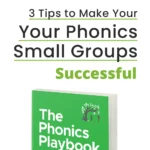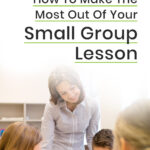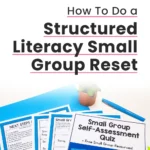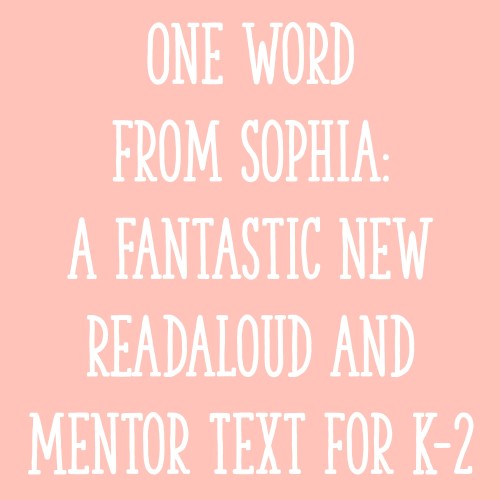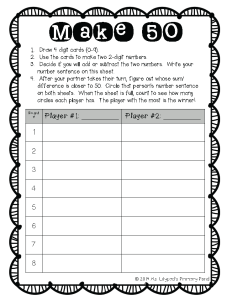It can already be hard enough trying to lead a small group of students. But now add in trying to keep your other students engaged during centers?! It’s a lot! I can vividly remember times when I was in the middle of a great small group lesson, but was then interrupted (over and over) by students saying – “Mrs. Ryan! I don’t know how to do this!” Or “Mrs. Ryan, I’m done with that. What should I do?” And then all of a sudden – “DING!” – the timer would go off and my rotation with that small group was done. But I hadn’t gotten through anything close to what I’d hoped. My guess is you can relate!
Small group instruction is such a critical time of the day. It’s your time to work in a closer, more focused setting with students, pinpointing their strengths and areas of growth. During small group instruction, you hope to make tons of progress in a short amount of time… IF the students are grouped in a way that makes sense, IF your lesson is detailed and well-planned, IF the small group of students is on task, IF your materials are prepped, and a big “IF”- if the other students in the classroom are engaged productively!
When it comes to small group instruction, there’s a lot to tackle! In this blog post, I’ll give you some tips on how to keep the rest of the class engaged during centers while you are leading a small group.
Everything I’ll show you comes from my Literacy Clubs. Being a member means saving a HUGE amount of time when it comes to preparing centers!
By the way, if you’re looking for other blogs related to small group instruction after you finish this one, here are some that might be helpful:
How To Make The Most Out Of Your Small Group Lesson
Whole Group vs. Small Group Instruction: Which Reading Skills Should Be Taught in Each One?
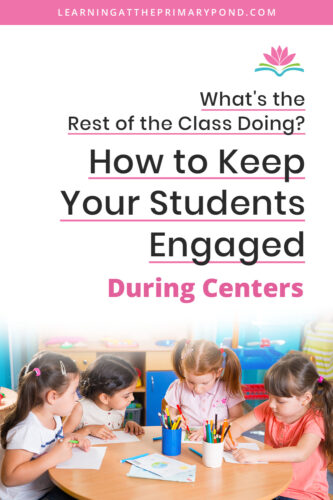
Tips for Student Engagement During Centers
Tip #1: Assess to determine groupings and activities.
If you don’t already have some sort of assessment to give students at the beginning of the year, I highly recommend giving them one! This will help you create effective small groups AND facilitate centers.
Here’s why: If whatever students are working on is too easy or too difficult, they tend to disengage from the activity. In addition to losing valuable time for practice, disengaged students can end up distracting other students, too.
On the flip side, making sure that the differentiation matches students’ needs will help with engagement! Here are some assessments that are included in the Literacy Clubs:

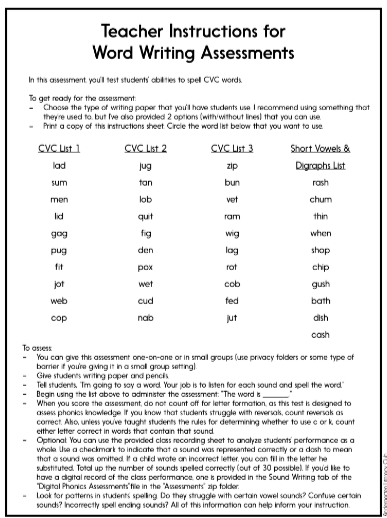
If you’d like to read more about how I group students during centers, read a blog I wrote entitled How to Group Students for Literacy Centers.
Tip #2: Don’t shy away from partner work!
This tip may seem counterintuitive. You want your students to be quiet and stay on task when they’re not with you… but also be working with partners? Yep! Kids innately want to talk to one another. If you only have them doing independent centers, students will most likely find ways to talk to other kids anyways. And then you’ll be trying to manage that from afar. So, I say go the other route and embrace it! This is a great opportunity for them to practice oral language and social skills, too!
Here are a couple of activities from the Literacy Clubs that students can do with a partner. This first one is a Slide and Climb game where students are rolling a die, reading the word, and then recording it on a sheet.

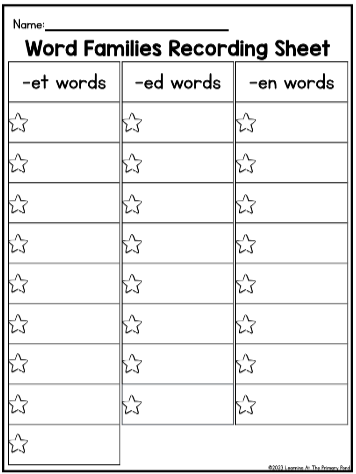
This next partner game has students spinning, making up a sentence, and then writing the sentence.
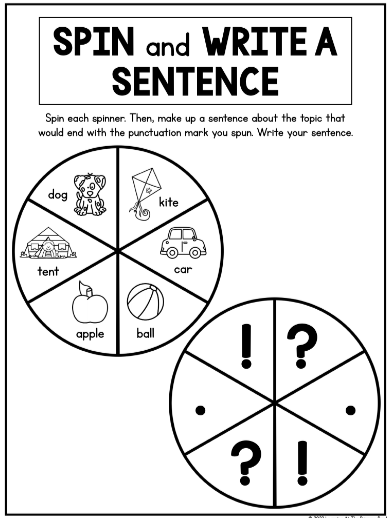
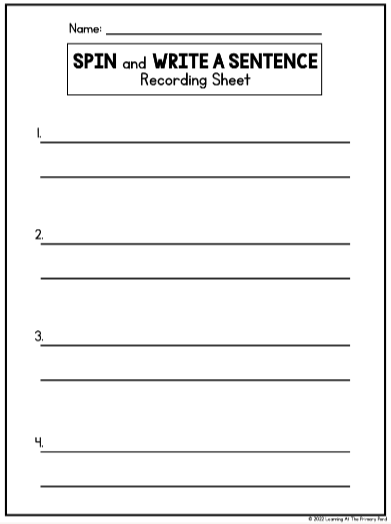
If I still don’t have you sold on partner work, this blog may persuade you – Why Is Partner Work Important? How Do You Set It Up Successfully?
Tip #3: Repeat the same activity with every group, but change the skill.
As I mentioned above, differentiation is important to help keep engagement high. However, it’s also not practical for you to be teaching six different activities to six different groups while also trying to lead your own small group! Instead, consider using the same activity with all of the groups, but just change the skill they’re working on. For instance, here are multiple versions of the same activity (ranging from identifying letters to reading CVCe words) from the Literacy Clubs –
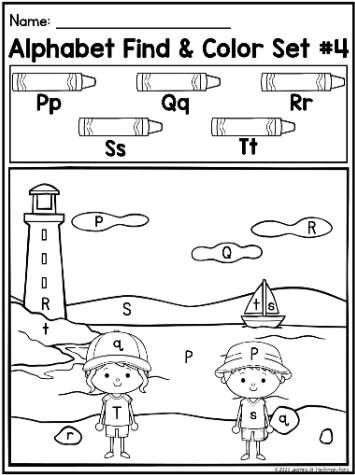
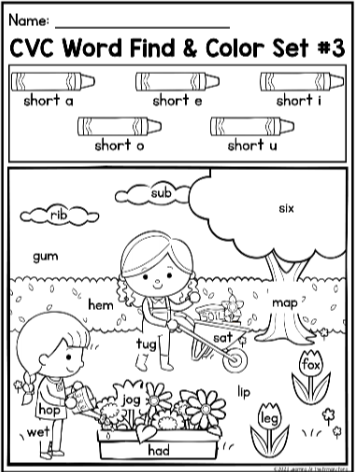
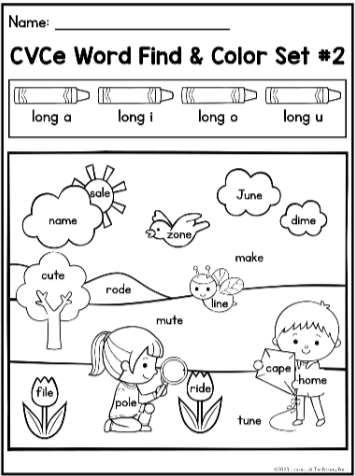
Tip #4: Be clear about activities, and always provide more than you think students will finish in the allotted time.
I’ve definitely planned center activities for students that I thought were going to take the full 15-20 minutes, only to have students yelling “Done!!” from across the room 3 minutes later. If/when this happens, you could be caught off guard, quickly scrambling to come up with another activity. Ultimately, this affects the instructional time with your own small group if you have to change your focus in that moment.
To avoid this dilemma, make sure students know what’s expected at each center when it comes to activities. A visual with a list of activities or pictures of options can be helpful! Students should know exactly what to do when they get to the center and also what to do when they finish the first activity. It’s totally normal for some students to take shorter/longer than others, so plan for that! You could have an “early finisher” folder with extra center activities for students to pull out when they finish the first activity. These phonics passages from the Literacy Clubs may be a good solution so that students can pull one of the texts out to work on fluency –
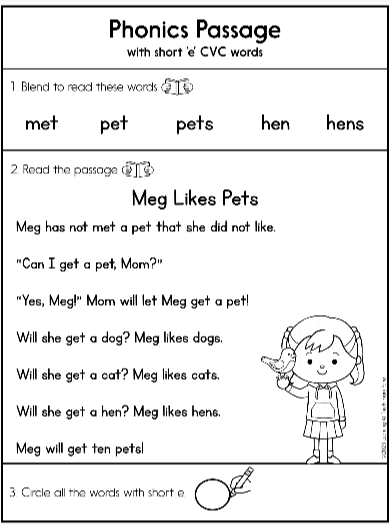
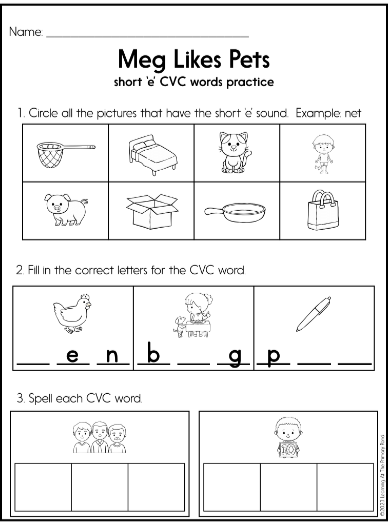
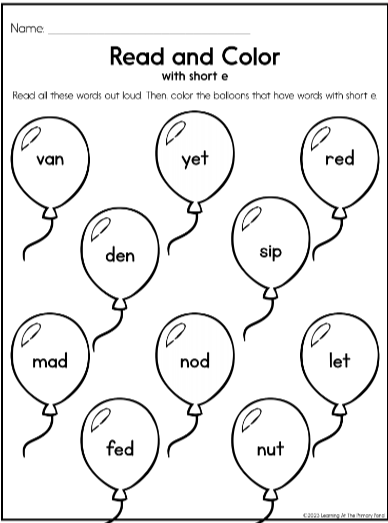
Also consider using activities that have multiple steps. For example, with this noun and verb activity from the Literacy Clubs, students are cutting, then sorting, gluing, and lastly writing sentences. For some students, they may only get through the cutting and sorting part. Other students may have time to glue down the nouns/verbs. There may be a few students who get to the writing portion. And that’s totally okay that you end up with varying levels of completeness. Either way, you’ve provided a more extensive activity for the allotted time.
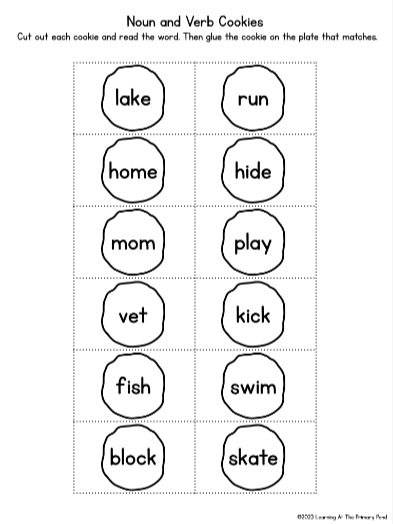
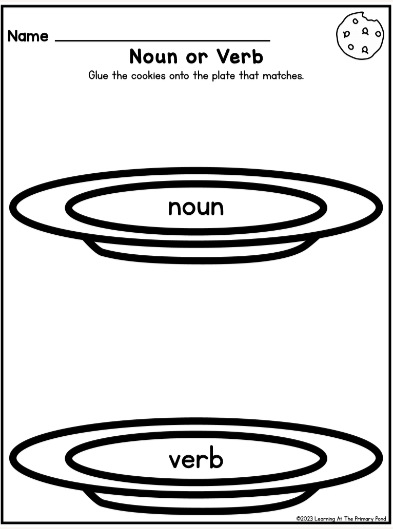
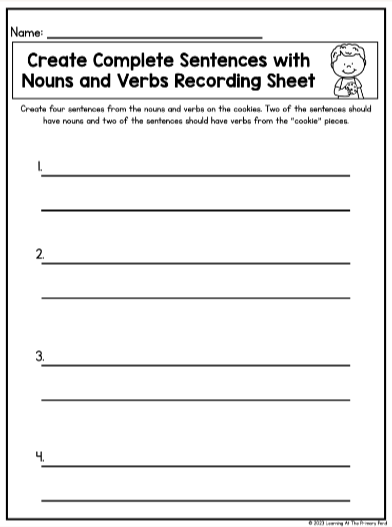
Conclusion
I hope that these tips for keeping the other students engaged during centers were helpful! Again, everything you read about and saw is from my Literacy Clubs.
The clubs open for new members twice per year (January and July). Click below to read more about each club and join the waitlist!


Happy teaching!

